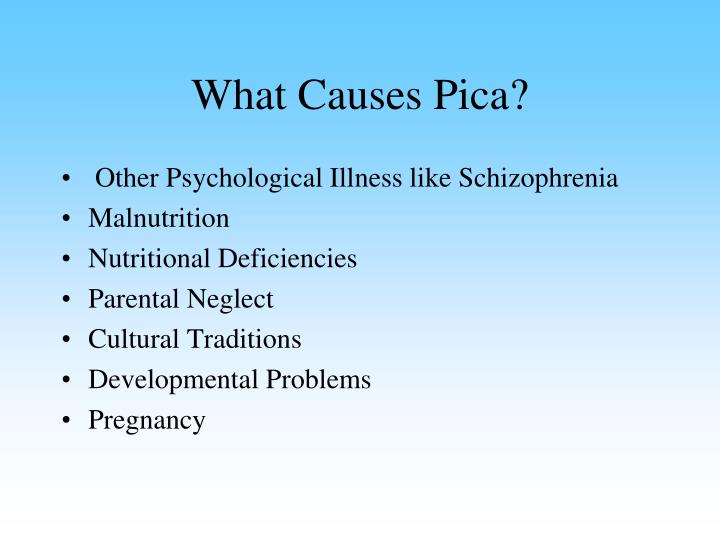
We link primary sources - including studies, scientific references, and statistics - within each article and also list them in the resources section at the bottom of our articles.

Medical News Today has strict sourcing guidelines and draws only from peer-reviewed studies, academic research institutions, and medical journals and associations.
:max_bytes(150000):strip_icc()/GettyImages-6410-001197-7370838c0f9545cd802d44a5c4324513.jpg)
Sometimes, it can be worth waiting to initiate treatment when the nonfood item is relatively harmless, such as when a person craves ice. In pregnant women, pica may go away on its own after childbirth.
reducing nutrient deficits with supplements, dietary changes, or both. medication to treat underlying mental health conditions, if present. sensory support, such as providing a safer item to chew on. cultural beliefs surrounding nonfood itemsĪddressing these issues may help reduce a person’s cravings. whether or not a person understands that these items are not edible. sensory-seeking behaviors, such as chewing nonfood items. They may also use blood tests to check for nutritional deficits. This usually involves assessing their medical history to understand any symptoms or risk factors. To treat pica itself, a doctor must first identify why the person craves nonfood items. Treatment in these cases might include antibiotics or even surgery. Some people develop lead poisoning, infections, or other severe symptoms as a result of pica. Treating pica typically begins with addressing these problems first. Share on Pinterest A doctor may prescribe medication if they believe pica is the result of an underlying mental health condition.Įating nonfood items can cause issues such as stomach pain and broken teeth.



:max_bytes(150000):strip_icc()/GettyImages-6410-001197-7370838c0f9545cd802d44a5c4324513.jpg)


 0 kommentar(er)
0 kommentar(er)
